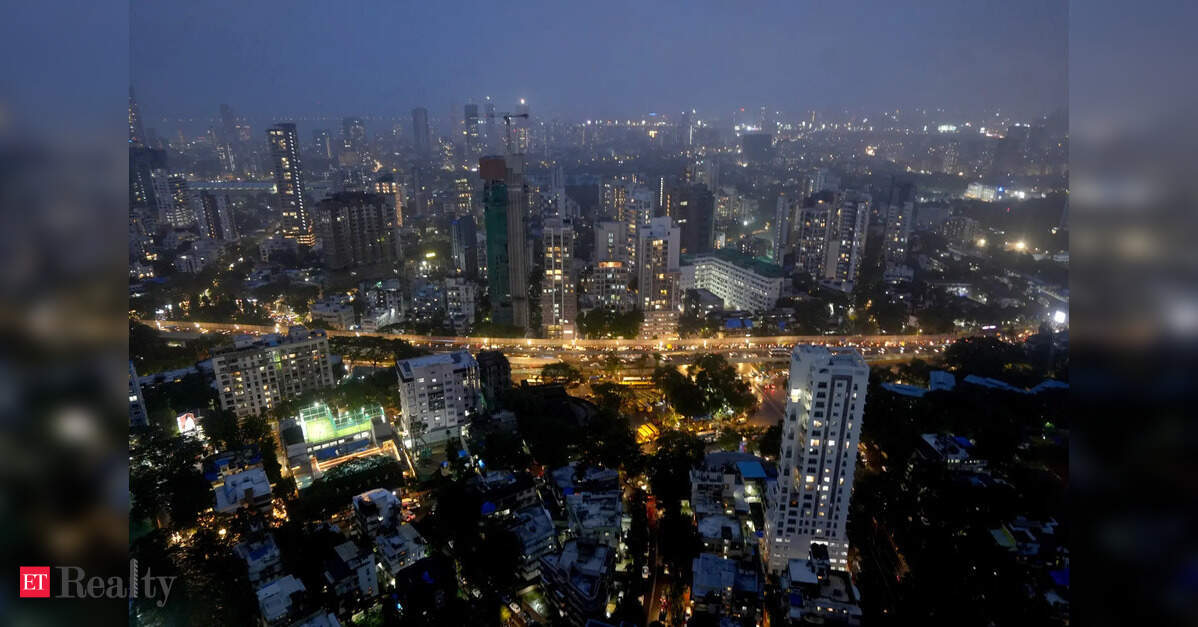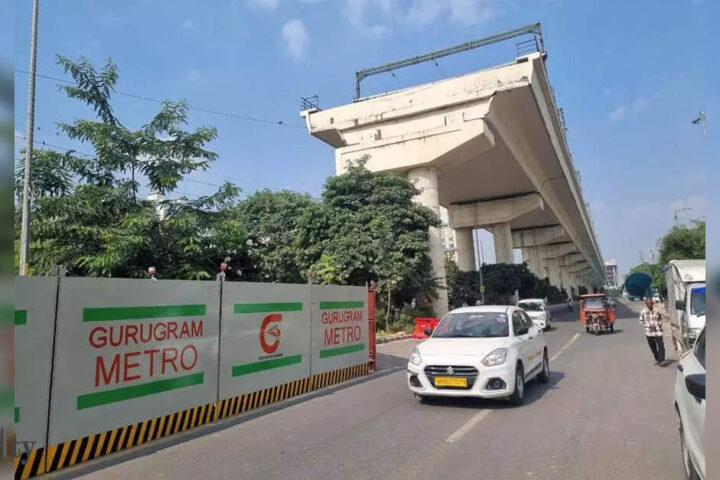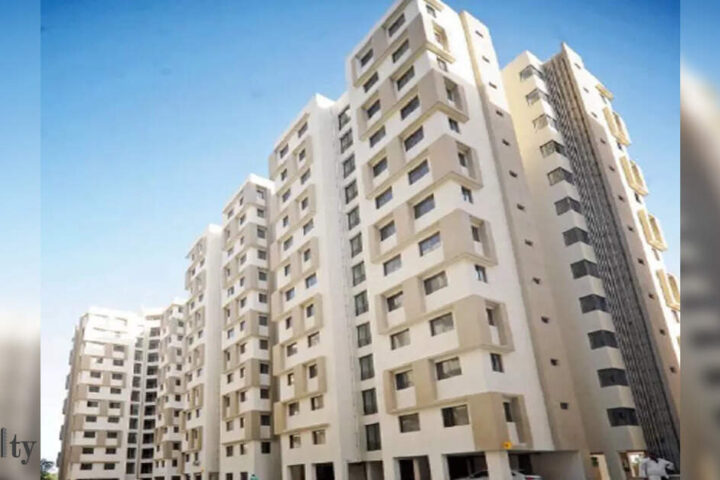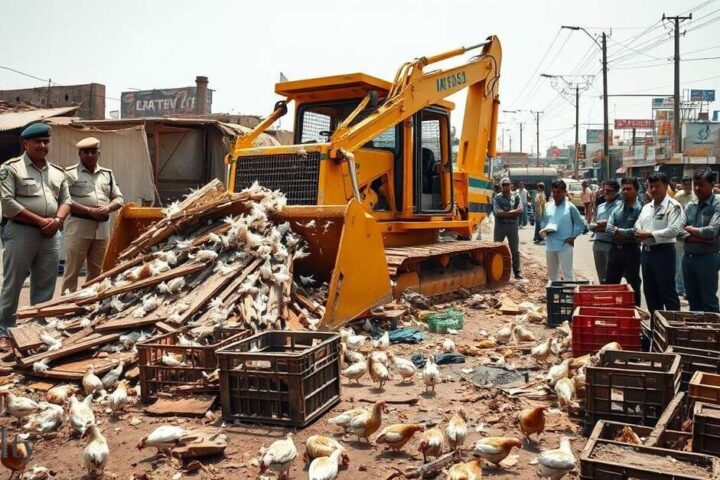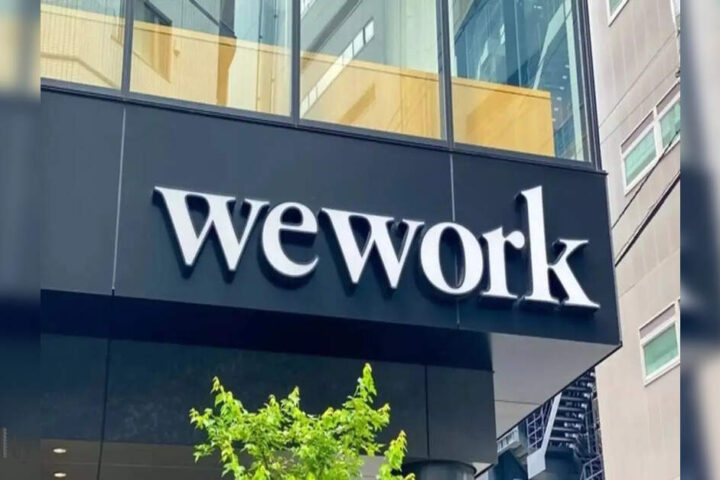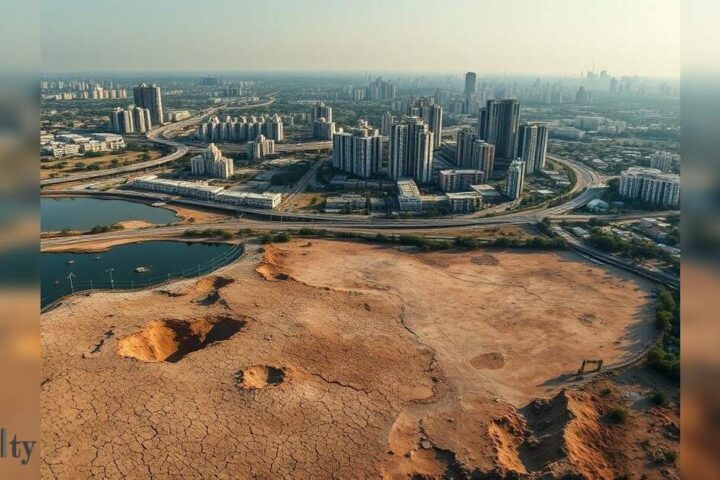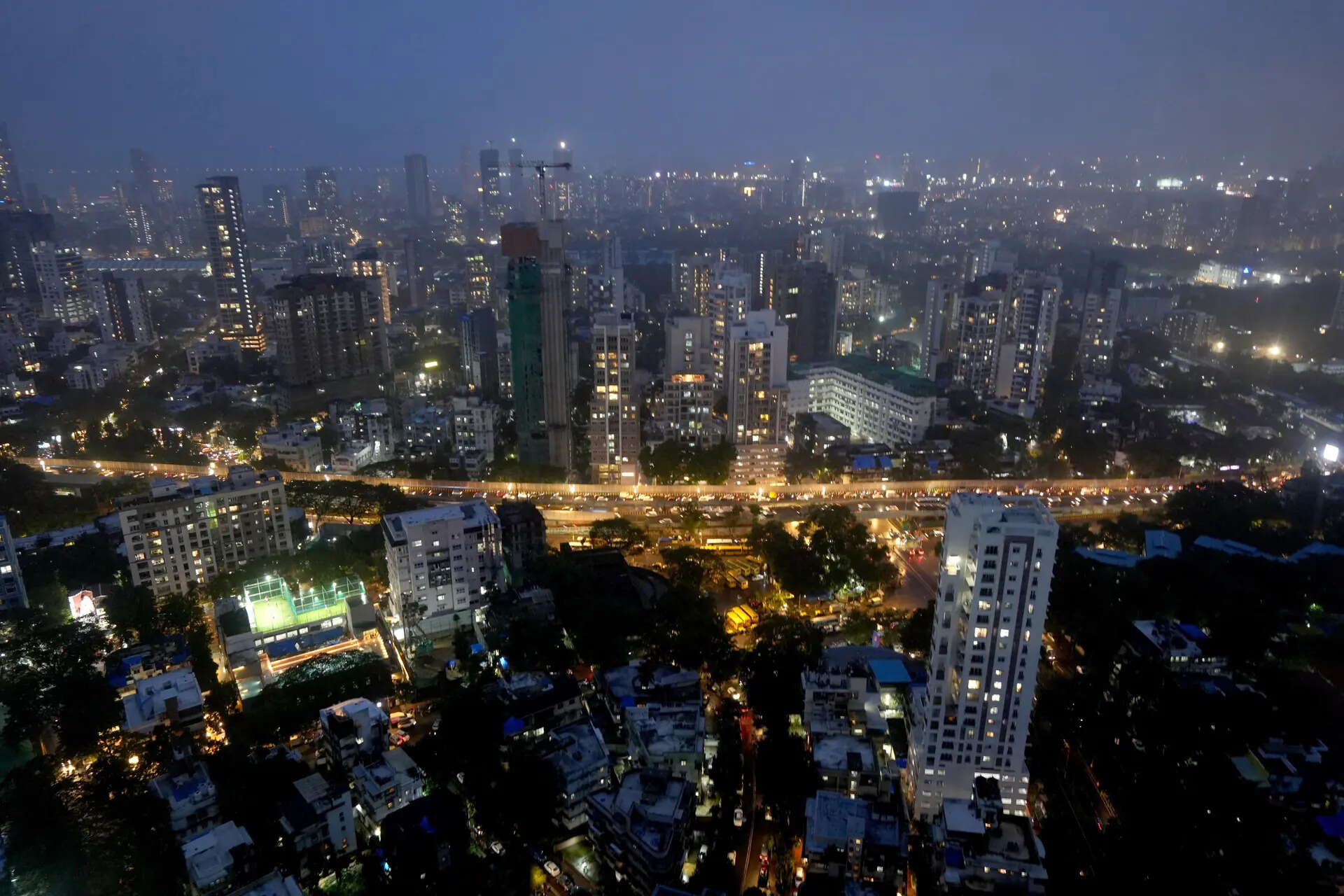
MUMBAI: In the lanes and back streets of Bandra-Khar-Santacruz, if you see a six-storey housing society building demolished and replaced by an 18-storey tower, it’s not magic. Nor is it illegal.
Some clauses in the city’s development control regulations can bring great windfalls for builders redeveloping housing societies. If the builder constructs tenements for project-affected persons within a radius of 5 km from their redevelopment projects and hand them over free of cost to the BMC or the Slum Rehabilitation Authority (SRA), they receive a much higher floor space index (FSI) in exchange,, which allows them to add more floors in redevelopment projects: a bonanza in locations where prices are between Rs 80,000 a sq ft to over Rs one lakh a sq ft.
Architect Manoj Daisaria said because of the high FSI offered under these schemes, residents of housing societies are demanding 30-50% more space in the redeveloped property. On Bandra’s sea-facing Carter Road, developer Anand Pandit recently signed an agreement with Shree Amrit Society, where actor Shah Rukh Khan has a flat, offering members an unprecedented 155% more space in the new tower. The six-storey building will go up to 18 floors. Pandit told TOI: “We haven’t decided on which scheme to utilise. It may also depend on the financial benefits.”
It was the SRA that was first off the blocks to boost redevelopment with Regulation 33 (11) of the Development Control and Promotion Regulations (DCPR) 2034. What makes this very lucrative is that it offers an FSI of 4 compared to the normal 2.5, which means the developer can construct 4,000 sq m on a redeveloped 1,000 sq m plot vis-a-vis just 2,500 sq m for a regular housing block. More than a hundred developers have taken advantage of this scheme.
Not to be left behind, the BMC recently introduced something similar__Section 33 (20 B) of DCPR 2034 after the state modified it. “Give us Permanent Transit Camps (PTC) and take more FSI,” was the message. Domnic Rommel, former president of CREDAI-MCHI, a body which represents developers, said most now prefer the BMC scheme. According to him, it can allow FSI of up to 5.4 (including fungible FSI). “This increases the financial viability, making redevelopment more economical compared to SRA’s 33 (11),” he said.
“A 5-storey building can go up to 25-27 floors if the road has more width (under 33(20B)),” said Bandra-based developer Sharan Babani. In Bandra-Khar, most redeveloped buildings are about 70 metres tall (18-20 floors) now whereas old housing societies in this belt are barely two to seven floors high, he said.
But Babani added that what’s also changing—and often overlooked—is the density in these buildings. “Under regular schemes, there may have been only two apartments per floor, but with the higher FSI available under schemes like BMC’s 33(20B), that can now increase to four or even five units per floor. This means double or more the number of families on the same footprint, dramatically altering the population density, infrastructure load, and local traffic patterns,” he warned.
Developer Sanjay Devnani said such schemes under 33 (11) and 33 (20 B) are a “win-win for all stakeholders; residents, builders and the approving authorities.” “Now, a building which consumes 10,000 sq ft, is allowed 50,000 to 60,000 sq ft during redevelopment,” he said. However, housing expert Chandrashekhar Prabhu said the planning authorities (BMC and SRA) seem more than willing to grant much more FSI than what is provided under the city’s development control rules. “Though different ostensible reasons have been advanced to justify the windfall, the real reason appears to be the war to control the approval processes, and through them…to take kickbacks,” he said. “The govt has realised that it failed when it came to building houses for slum dwellers and those displaced due to public projects. Instead of finding ways to utilise public lands effectively, the govt has now decided to shift the onus of providing accommodation for project-affected people and transit to the builders,” added Prabhu.
Property experts said the challenge is also to ensure that PTC tenements, which are rarely completed on time, are handed over to the authorities, and that the clubbed free sale buildings which are stuck without occupation certificates as a result, get approvals. “A lot of builders are now developing the PTCs on their own and not relying on unscrupulous SRA developers. That way they can complete the PTCs and hand them over, which then gets them the occupation certificate of the free sale buildings in prime areas,” they said.
